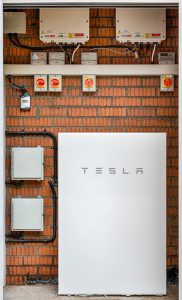Electrically-led buildings utilising multi-vector energy systems for generation, storage and consumption require effective business models to ensure a long-term viability for the building, the developer and the occupier.
Buildings which are active agents in the energy network have the opportunity to create business model opportunities through their ability to offer DSR and provide peak load shaving. Aggregating multiple buildings with similar interconnected systems can also provide arbitrage opportunities (for example) on the market, potentially off-setting electricity infrastructure upgrades by the National Grid or local district network operators (DNOs). Encapsulating and modelling these and other future market scenarios are critical for understanding the future sustainability of low-emission buildings.
Additionally, comparative economic analyses of advanced buildings against business-as-usual homes and offices are important to consider, particularly for developers and designers at an early delivery stage. Whole life costing (instead of the industry-standard construction-stage costing) is emerging as a vital assessment for new build projects, and appreciating business models, energy markets and aspirational regulatory requirements is essential in the accurate determination of the full lifetime cost of a building.
Our team of academics has begun to highlight the pros and cons of the expansive adoption of low energy, electricity-generating buildings for the energy market and the customer, including the highly important roles data and security will play for developing energy networks.
These findings can be reviewed in our business market white paper. We will continue to feed outputs from our modelling tools into these studies to consider various scenarios of uptake and interconnectivity.




